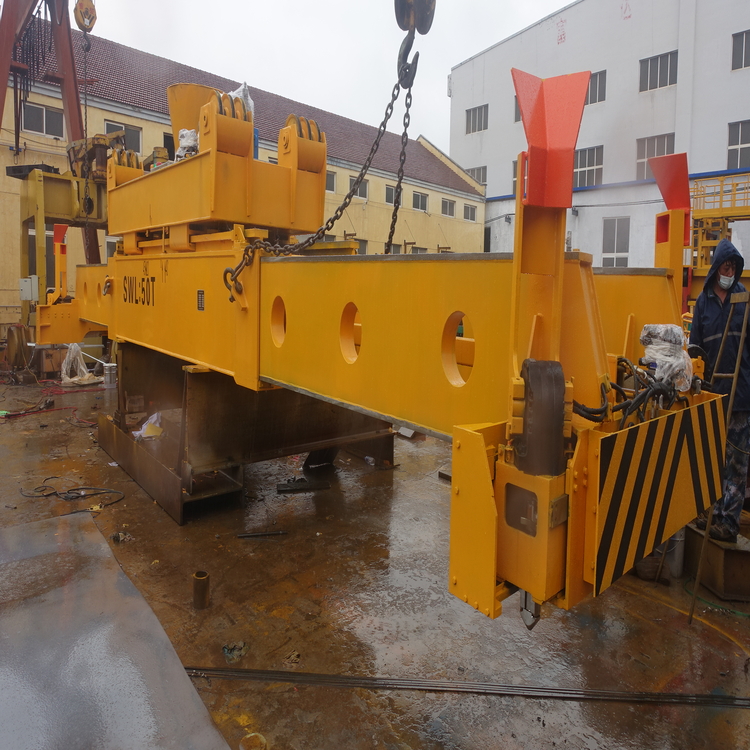
In the realm of global trade, the safe and efficient handling of containers is a critical aspect of overseas projects. This article delves into the safety regulations for container handling, aiming to enhance operational efficiency and compliance in international operations.
Currently, there are several common causes of safety accidents in container handling. According to industry statistics, approximately 30% of accidents are due to operator errors, such as incorrect operation procedures or lack of attention. Another 25% can be attributed to equipment aging, where worn - out parts may lead to malfunctions. Environmental factors, like strong winds, high humidity, and extreme temperatures, account for about 20% of the incidents.

For container lifting equipment to operate stably, it is essential to ensure proper maintenance and calibration. The equipment should be regularly inspected for any signs of wear and tear, and all mechanical and electrical components should be in good working condition. For example, the load - bearing capacity of the crane should be within the specified range, and the hydraulic system should have the correct pressure.
Standardized operation procedures are the key to safe container handling. Operators should follow a strict sequence of steps, from pre - operation checks to post - operation maintenance. This includes checking the container's balance, securing the lifting points, and using the correct lifting speed. A well - defined operation procedure can significantly reduce the risk of accidents.
Operators must have the appropriate qualifications and receive regular training. They should be familiar with the equipment's operation manual, safety regulations, and emergency response procedures. Training programs should cover theoretical knowledge as well as practical skills, and operators should be tested regularly to ensure they meet the standards.
Tai Ding Heavy Industry has extensive experience in overseas projects. In a project in a tropical region with high humidity and strong winds, the company adjusted the equipment parameters to ensure safe operation. For example, they increased the tension of the cables to counteract the wind force and adjusted the lubrication system to prevent corrosion in the high - humidity environment. Their self - developed rotating crane structure and telescopic beam design have been verified for their adaptability and safety in multiple overseas port projects.

In case of emergencies, a well - defined emergency response mechanism is crucial. A rapid response plan should be in place, including clear steps for handling different types of accidents, such as equipment failures or collisions. There should also be a clear division of responsibilities among the personnel involved. By having an effective emergency response mechanism, the loss caused by accidents can be minimized.
To encourage continuous improvement, we have set up a Q&A section. We invite you to share your actual problems and experiences in container handling. Through this interaction, we can build a knowledge base that provides practical solutions to various challenges.

Ready to enhance your container handling safety and efficiency? Download our Container Handling Safety Regulations Manual now!

